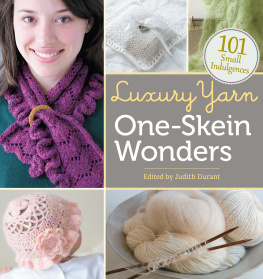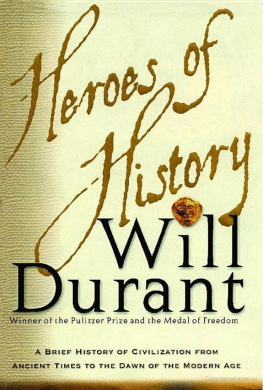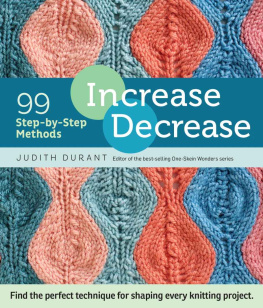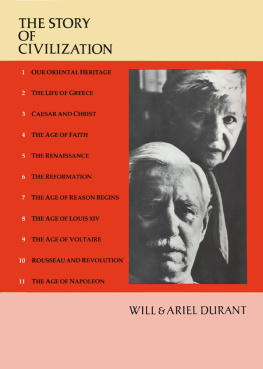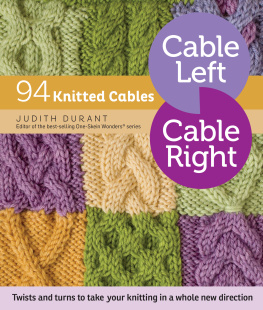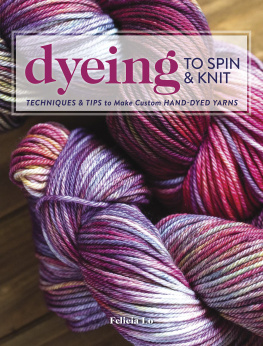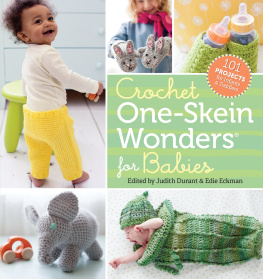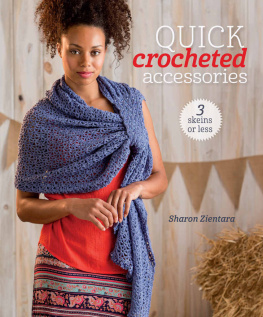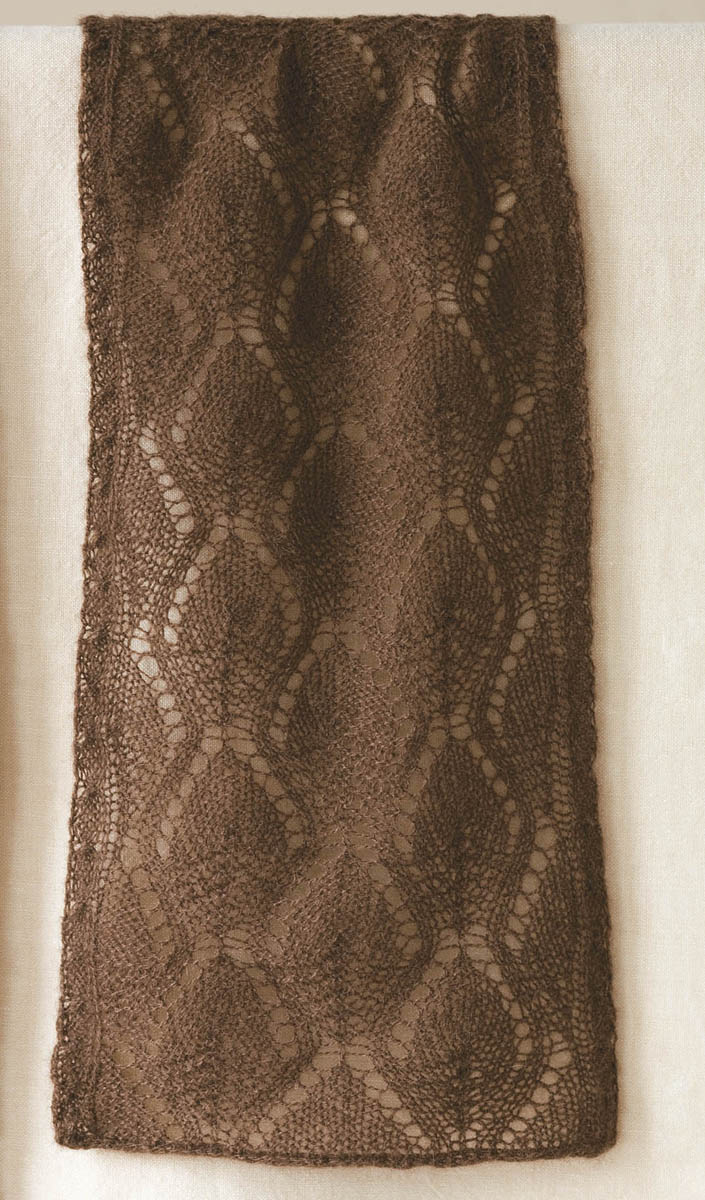The mission of Storey Publishing is to serve our customers by publishing practical information that encourages personal independence in harmony with the environment.
Edited by Judith Durant and Gwen Steege
Technical editing by Amy Polcyn
Art direction and book design by Mary Winkelman Velgos
Text production by Jennifer Jepson Smith
Photography by Kate Sears
Photo styling by Victoria Petro Conroy
How-to illustrations by Alison Kolesar
Charts by Leslie Anne Charles/LAC Design
Diagrams by Ilona Sherratt
Indexed by Christine R. Lindemer, Boston Road Communications
Special thanks to our models: Kenneth Harris, Laura Kavanaugh, Lilia Polacheck, and Victoria Wall
2008 by Storey Publishing, LLC
Ebook production by Kristy L. MacWilliams
Ebook version 2.0
January 22, 2016
Ebook version 2.0 is consistent with the 5th printing of Luxury One-Skein Wonders
All rights reserved. No part of this book may be reproduced without written permission from the publisher, except by a reviewer who may quote brief passages or reproduce illustrations in a review with appropriate credits; nor may any part of this book be reproduced, stored in a retrieval system, or transmitted in any form or by any means electronic, mechanical, photocopying, recording, or other without written permission from the publisher.
The information in this book is true and complete to the best of our knowledge. All recommendations are made without guarantee on the part of the author or Storey Publishing. The author and publisher disclaim any liability in connection with the use of this information. For additional information, please contact Storey Publishing, 210 MASS MoCA Way, North Adams, MA 01247.
Storey books are available for special premium and promotional uses and for customized editions. For further information, please call 1-800-793-9396.
Library of Congress Cataloging-in-Publication Data
Luxury yarn one-skein wonders / edited by Judith Durant.
p. cm.
Includes index.
ISBN 978-1-60342-079-2 (pbk. : alk. paper)
1. KnittingPatterns. I. Durant, Judith, 1955
TT820.L89 2008
746.432041dc22
2008031975
This book is dedicated to those who raise the animals, those who grow the plants, and those who spin the resulting fibers into luscious yarns for our knitting pleasure.
Contents
An Invitation to Indulge
Luxury. Just reading the word makes some of us giddy. Couple that luxury with yarn, and were beside ourselves. Weve all been there walking through a yarn shop, touching and feeling our way up the aisles or along the walls, when suddenly, were overwhelmed by the feel of something special. Weve been seduced by silk, awed by alpaca, or captivated by cashmere. We want to indulge the sensation by claiming it as our own.
Thus was born the inspiration for this third collection of one-skein wonders, 101 things to do with that one truly special, if possibly outrageously expensive, skein of yarn. In addition to the familiar luxury yarns such as silk, cashmere, and alpaca, weve included yarns from exotic fibers such as soy, qiviut, bison, and corn. We also offer designs for projects knitted in ecofriendly fibers like linen, organic cotton, and organic wool.
If its luxury youre after, consider silk, a rich and shiny natural protein fiber thats been cultivated for textiles for thousands of years. Once reserved for royalty, silk and silk-blend yarns are widely available to todays knitter. Pure silk, silk blended with cashmere, silk blended with alpaca, lace-weight silk, silk ribbon its all out there, in every color imaginable, including hand-painted varieties. Check out the , for three widely different yarns and projects for silk or silk blends.
For luxurious warmth, alpaca is an excellent choice. Shorn from the animal of the same name, which is native to South America, the fiber is lightweight, warm, and very, very soft. It is available pure and in blends, spun in thicknesses from lace weight to bulky. The all use alpaca yarn.
Also lightweight and soft, though usually more expensive than alpaca, is cashmere. Produced by cashmere goats mainly in China and Mongolia, but also in India, Pakistan, Turkey, and other countries, the textile fiber comes from the soft undercoat of hair thats found beneath an outer growth of guard hair..
Exotic yarns abound, coming from both animal and plant fibers. The .
We also sought out natural and ecofriendly fibers. Bamboo is the fiber of the moment; it is wonderfully soft and shiny like silk, has a lovely drape when knitted, and is completely green and biodegradable. Weve included several projects in bamboo: .
On the following pages, youll find 101 one-skein projects organized by weight of yarn. Weve used the Craft Yarn Council of Americas standards to classify each yarn, and youll find a chart of these weights in the techniques section at the back of the book. Also in this section, youll find instructions for all the techniques youll need to complete the projects, as well as a list of the abbreviations weve used. Any special instruction or abbreviation is included with the individual project.
With this collection, we hope youll agree that you no longer need to consider passing by the next to-die-for yarn you encounter. Go ahead and buy a skein youre sure to find something to do with it here.
Charts in this book may be hard to read. Double-tap the images to open to fill the screen. Use the two-finger pinch-out method to zoom in. (These features are available on most e-readers.)
Lace Weight
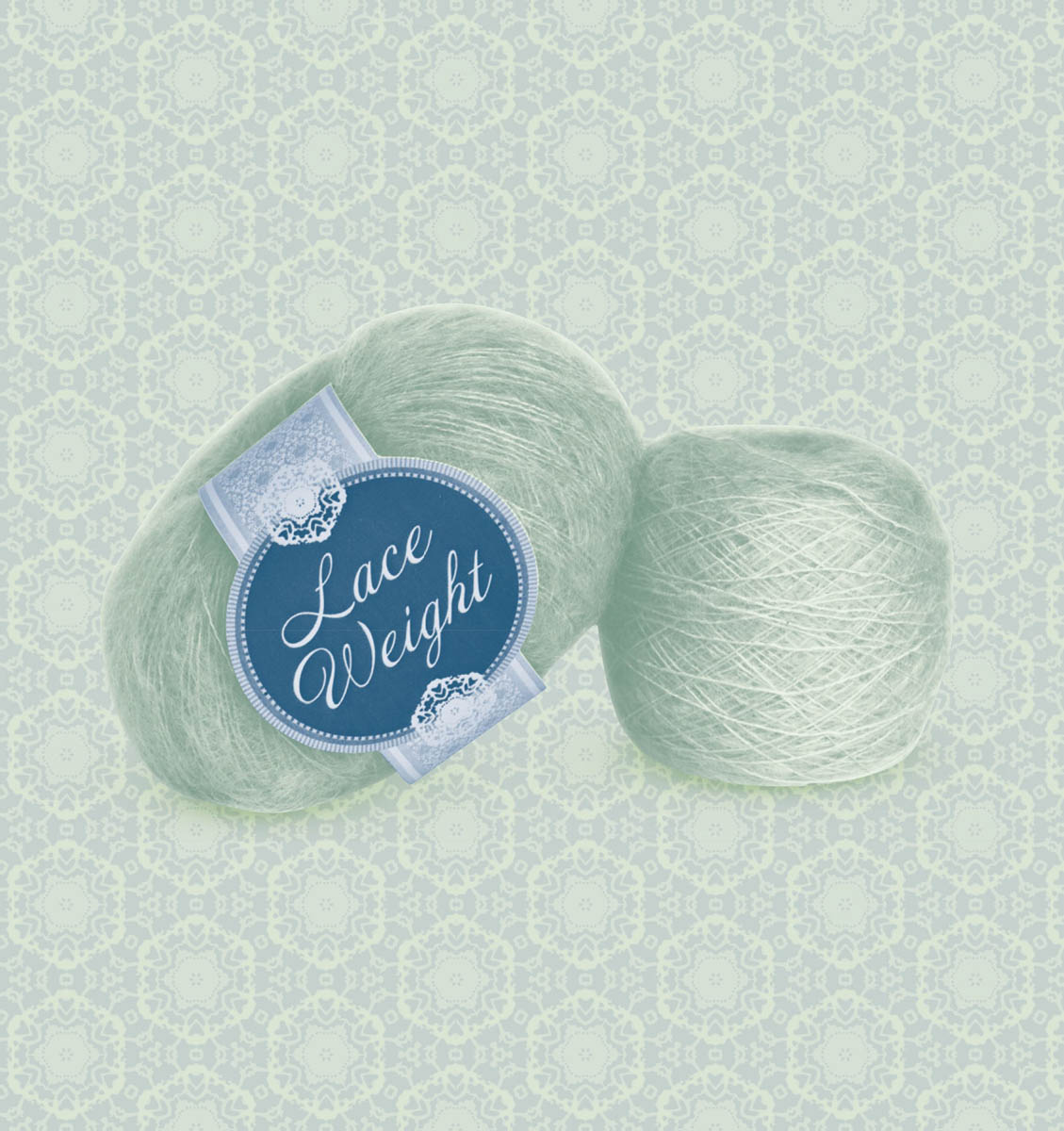
Joel Bison Lace Scarf
Designed by Myrna A. I. Stahman
This lovely scarf is knitted with Buffalo Gold yarn, and it is softer than soft. The lovely brown is a natural bison color and would perfectly complement your camel dress coat.
- Finished Measurements: Approximately 7 (18 cm) wide and 72 (183 cm) long
- Yarn: Buffalo Gold Lace Weight 11, 100% bison, 1.5 oz (40 g)/400 yds (366 m), Natural
- Needles: US 1 (2.5 mm) straight needles or size you need to obtain correct gauge
- Gauge: Not crucial to project, approximately 28 sts and 30 rows = 4" (10 cm) in pattern stitch, after blocking
- Other Supplies: Scrap yarn for cast-on, tapestry needle, lace blocking wires
Getting Started
- Using a , cast on 45 stitches. Work the Set-up Row from the chart. You now have 49 stitches.
Knitting the Scarf
- Following the chart, repeat Rows 124 for desired length. (The scarf shown has 23 repeats.)
Finishing
- Bind off using the 3-stitch , working the final cable twist in each border while binding off and keeping the three-to-one vertical decrease in line with each three-to-one vertical decrease worked in Row 23 of final repeat before binding off those stitches. Carefully remove provisional cast-on and place stitches on needle. Bind off using the 3-stitch I-cord method.

